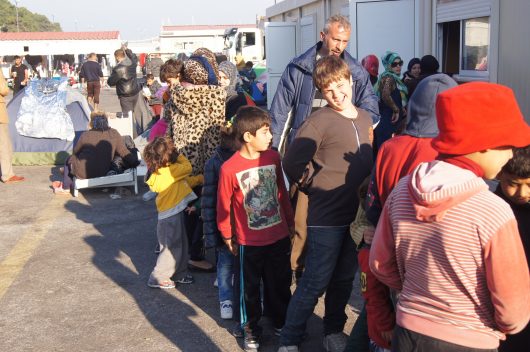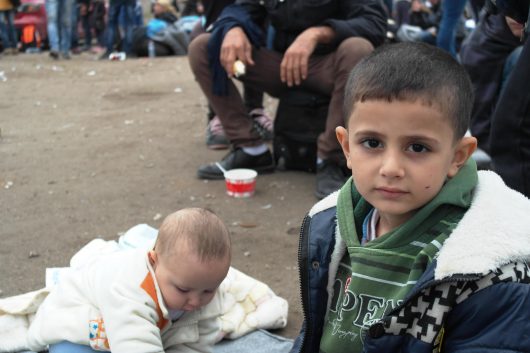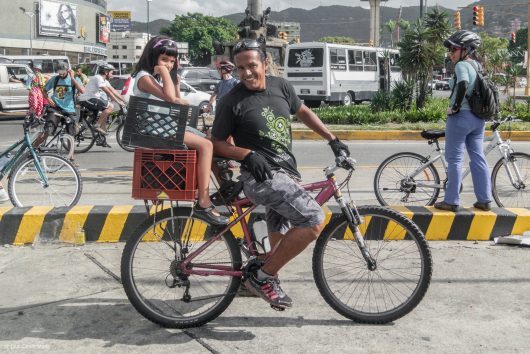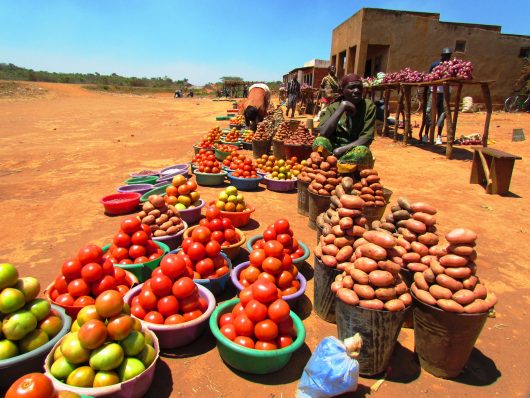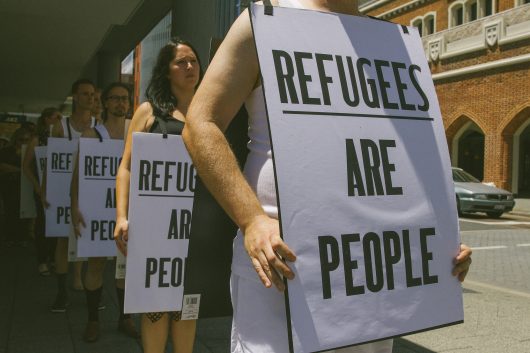
Here are 10 facts about Nauru refugees:
- Nauru refugees are not in Nauru by choice. Nauru refugees originally sought refuge in Australia. However, Australia was unwilling to provide them with care and forced 1,200 asylum seekers into a detainment center in Nauru. Nauru is only eight square miles, no larger than an international airport and already has a population of 10,000 people.
- The native Nauruans do not want the Nauru refugees there. The Nauru refugees are targeted by locals. Physical assaults against refugees happen regularly. What little property the Nauru refugees have is frequently broken or vandalized. Even refugee children are subject to these torments, making it difficult for them to concentrate or attend school.
- There are no legal services for the Nauru refugees. None of the Nauru refugees will become residents of either Nauru or Australia. The Nauru refugees are seeking refuge in fear of persecution in their home countries. However, the travel documents they have been issued confine them to Nauru for five years.
- The Nauru refugee crisis is being covered up. Nauru has banned foreign journalists in order to hide the poor treatment of refugees. The Australian government passed a law making it illegal for any employees, former or current, to disclose information on the conditions of the refugees. Despite these efforts, reporters find ways to interview refugees and former workers continue to come forward with their experiences.
- Nauru refugees came in search of liberty, only to become victims. Ali and his wife Khorvas are just one example of many. They left Iran because they believed in democracy. They sought to find a place where they would not be denied their human rights, but they only traded one confinement for another.
- The conditions the Nauru refugees live in do not meet U.N. standards. The tents each house 14 refugees and cannot weather the elements. Rain seeps in, heat and humidity are intensified, mold festers and pests easily infiltrate. The water supply is insufficient, resulting in dehydration or the consumption of unsanitary water. Waste management is not secure, allowing for cross-contamination.
- Sexual predators target Nauru refugee camps. Hawo, a Somalian, left her home country because of violence and sexual abuse towards women. Unfortunately, sexual exploitation of refugees is widespread. Men, including guards, force themselves onto women or expect them to barter sex for necessities. Reports of these incidents are not taken seriously.
- Health care for refugees is minimal. The Nauru hospital is small and lacks basic supplies. The majority of cases must be treated through abrupt transfers to Australia. The majority of medical transfers are due to mental health issues. Many refugees have been promised treatment that never comes. There is no screening of communicable diseases and no pediatric care in Nauru. Roughly 50 percent of the child refugees have latent tuberculosis. Immunization courses are never fully completed.
- Child refugees in Nauru are most at risk physically and mentally. There are no safety precautions set forth for children. Within the 2000 leaked records of reported abuse, there are records of sexually abused children, 59 physical assaults on children, 30 instances where a child has self-inflicted harm and 159 accounts of children threatening to self-harm.
- Many of the refugees have turned to suicide or self-inflicted harm. Refugees have taken to hunger strikes in hopes to improve their living situations. Omid Masoumali’s death was caught on cellphone video. Masoumali lit himself on fire, in protest to the conditions in where he was held. Benjamin, a 19-year-old who cut his wrists, said the Nauru refugees are a people living without hope.
Although no word has been given to close the Nauru Detainment Center, the second Australian Refugee Detention Center on Manus Island, Papua New Guinea, is closing operations.
The Australian Supreme Court ruled it unconstitutional in April 2016. Recently, counselors from Save the Children, a nonprofit previously working on Nauru, bravely reported many of the abuses they witnessed but were bound by confidentiality not to reveal this.
In light of these revelations, it is hoped that the Nauru Detainment Center will also close, allowing the Nauru refugees to receive quality aid elsewhere.
– Amy Whitman
Photo: Flickr

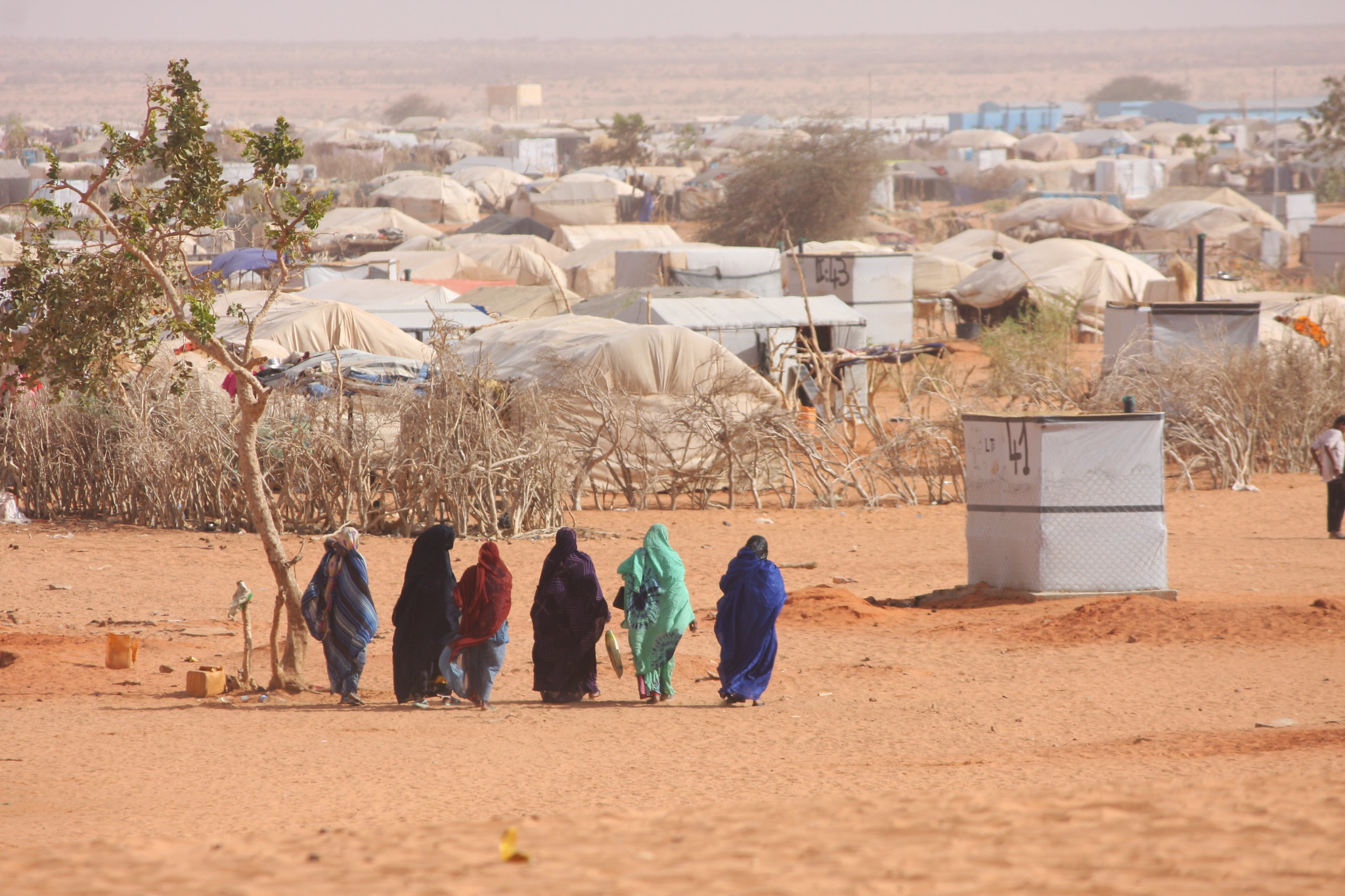 Since 2012, one in every 50
Since 2012, one in every 50 
